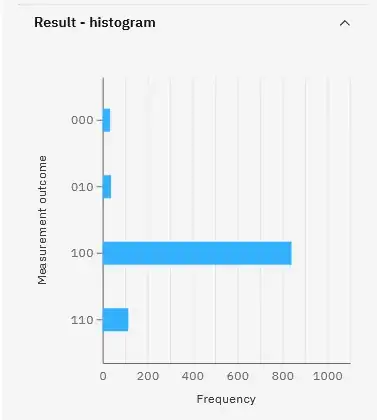Quick question concerning the probability of success after a phase estimation algorithm vs an amplitude estimation algorithm.
Given the calculation on the wikipedia page, the probability of measuring the desired output in a phase estimation algorithm is at least $\frac{4}{\pi^2}$. This is something that I think I have a pretty good handle on.
However, when looking at the amplitude estimation algorithm, we see that the probability of measuring the desired output is at least $\frac{8}{\pi^2}$ (i.e. twice as likely). The only proof that I have found was in Theorem 11 from the original paper. To be honest I am still working through this paper but it is quite terse and a bit difficult to read. Does anyone either have a good intuitive explanation for the difference in success probabilities between phase estimation and amplitude estimation? Or can someone maybe recommend a resource that describes this difference in a nice way? Thanks!
